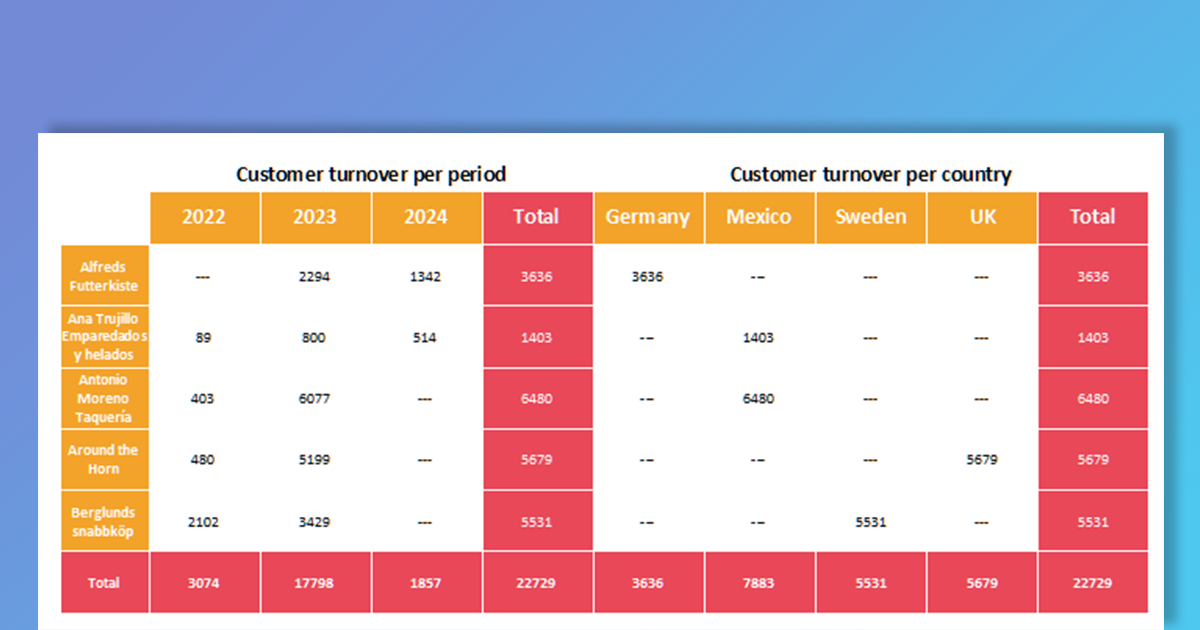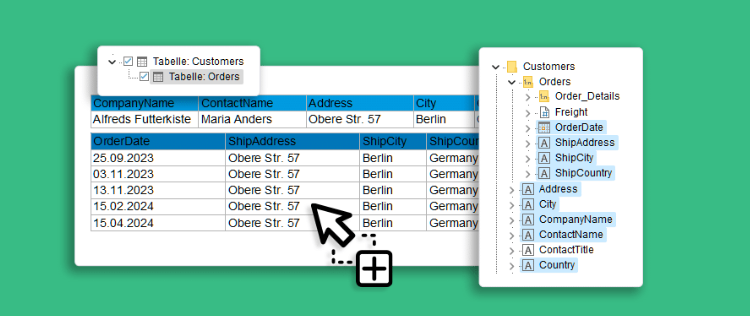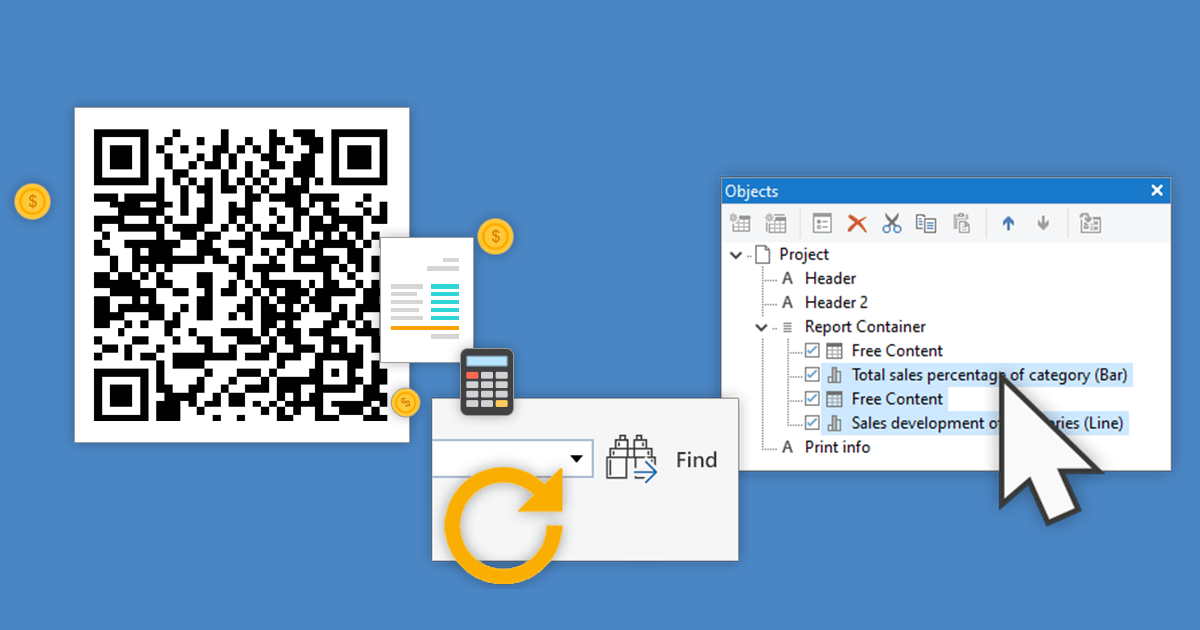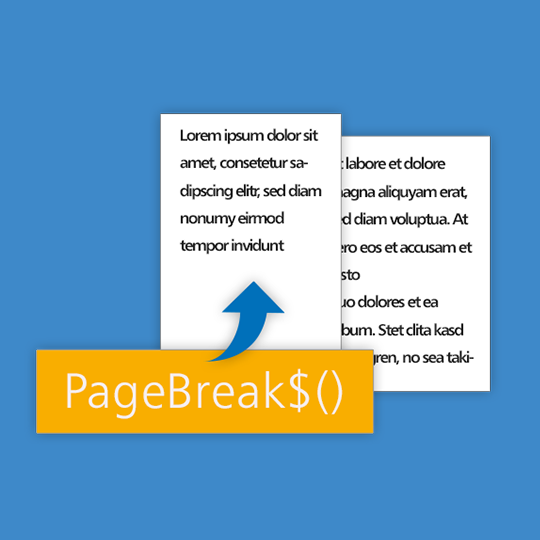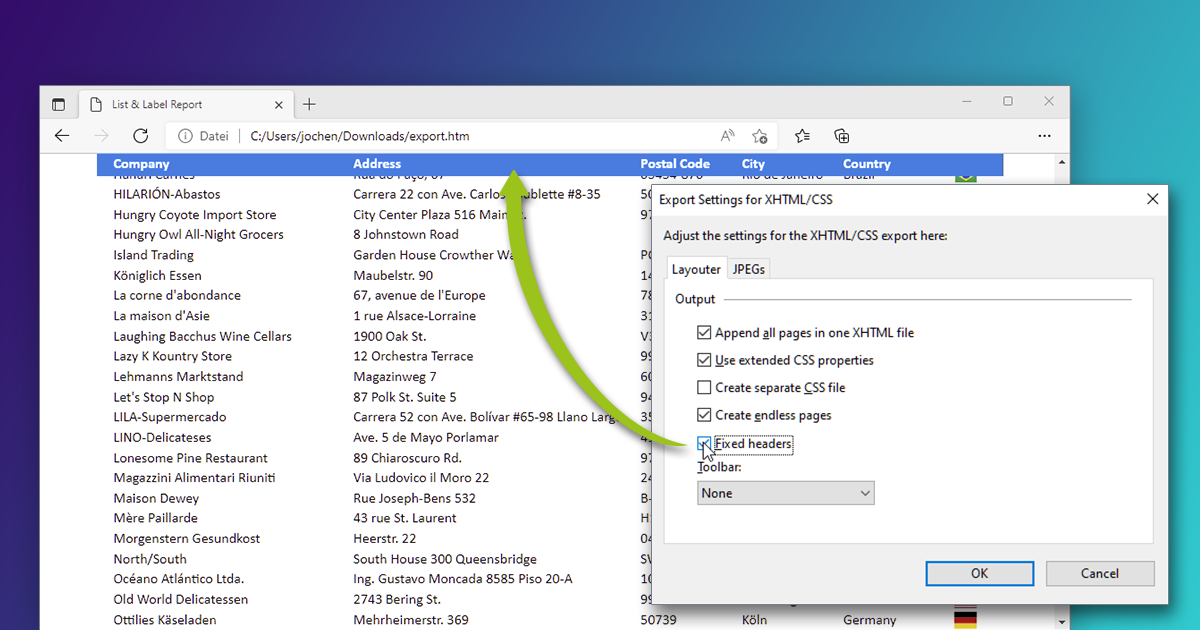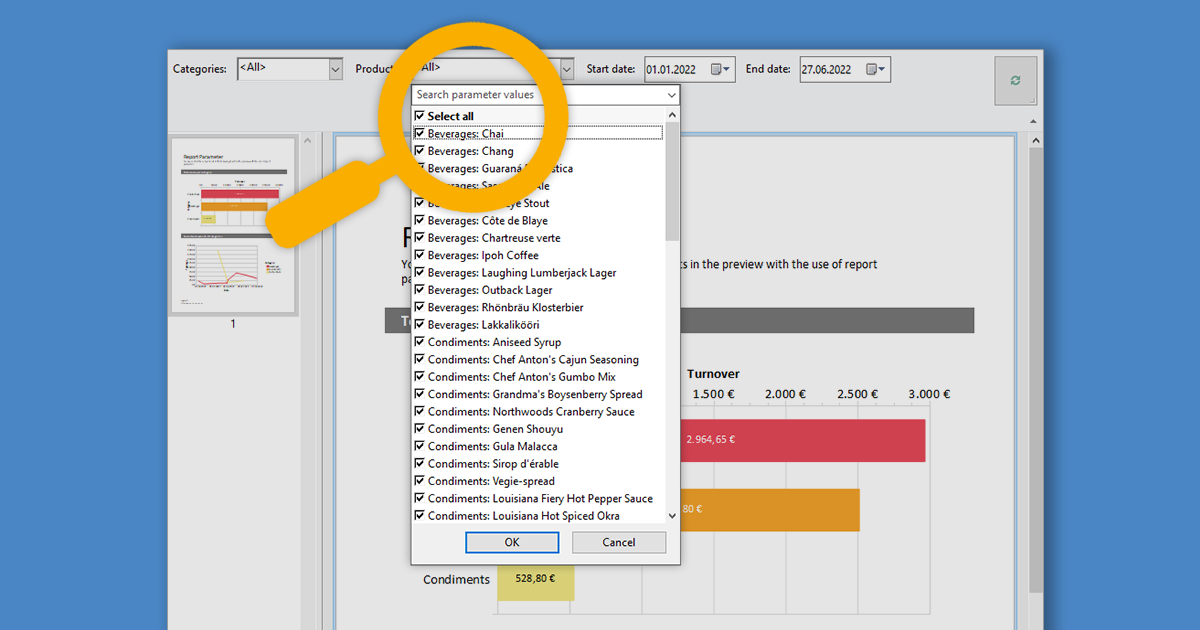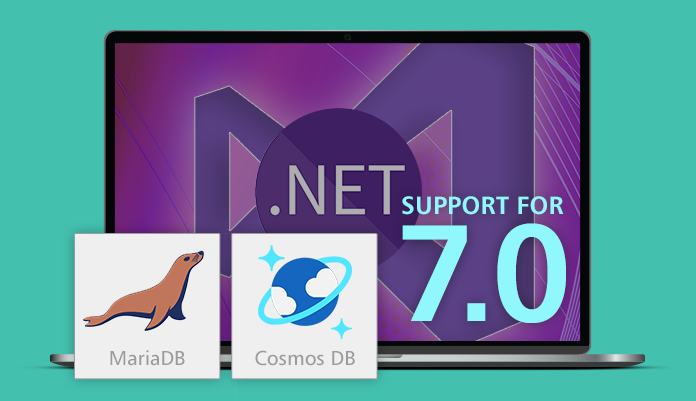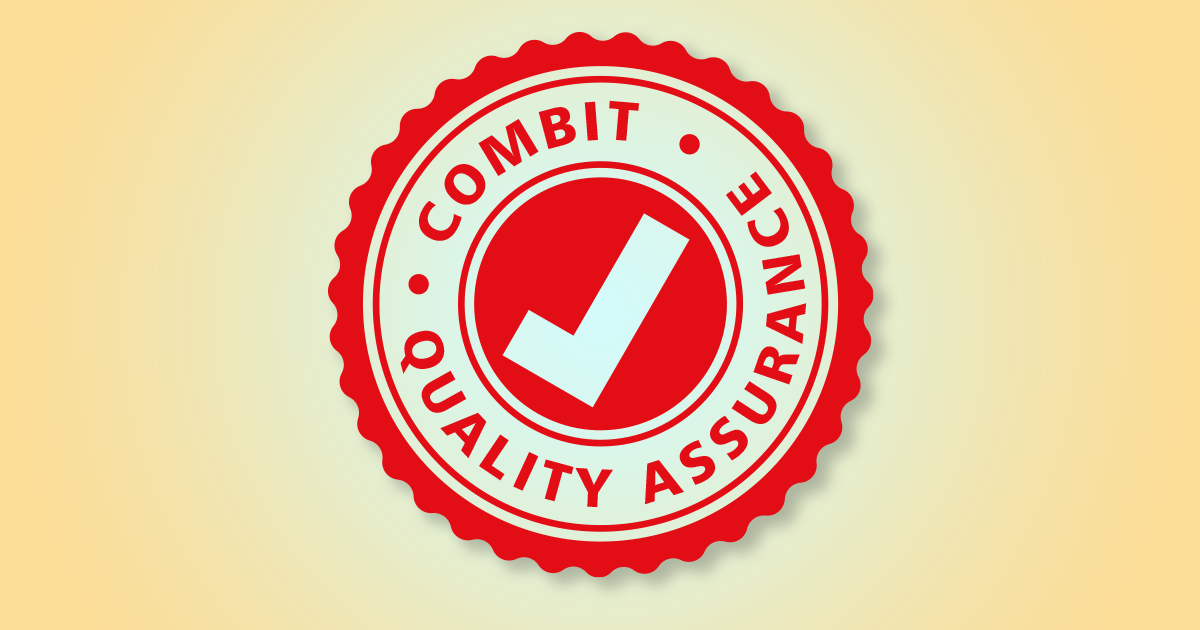Introducing Adjacent Crosstabs for Multi-Dimensional Data Analysis
Crosstabs are a very popular object within the List & Label Designer, that’s why we’re continuously adding enhancements to this important features. So far though, despite all added extensions, crosstabs have ultimately been a simple grouping in two dimensions. From version 29 on, they’ll become more dimensional.
